Visual storytelling transcends languages barriers and engages viewers on a profound level. Through a masterful combination of cinematography, production design, and collaboration between directors and cinematographers, movies convey emotion, conflict, and character development solely through visual storytelling techniques. Today, we’re aiming to understanding how filmmakers can create cinematic experiences that leave a lasting impact on their audiences.
The Power of Visual Storytelling
Visual storytelling is a formidable force that lies at the core of the cinematic experience. It speaks directly to our emotions, forming a profound connection between the audience and progressing the story being told through creative, visual means. By harnessing the power of visual storytelling techniques, filmmakers have the ability to captivate viewers and immerse them in a narrative that unfolds before their eyes.
Use of Cinematography
At the heart of visual storytelling is the art of cinematography. Through the skillful manipulation of lighting, composition, and camera movement, cinematographers bring the director’s vision to life. They use these techniques to evoke specific moods, convey character emotions, and highlight the underlying themes of the story. We will talk more about the details of cinematography further down, so stay tuned!
Use of Atmosphere
One of the more subversive ways to use visual storytelling is to manipulate the atmosphere of a movie. Two key elements of a movie that contribute to this are art direction and production design, which we’ll cover in more detail. Components like the visual mood of the setting or the clothing that the characters wear can all change the way that viewers see the plot. And by altering these components during the film, filmmakers can progress the plot or show change in the characters.
Use of Symbolism
Visual storytelling allows filmmakers to communicate complex ideas and progress the plot without relying on explicit dialogue. Symbolism is a powerful tool in their arsenal, enabling them to convey meaning through carefully chosen visuals. From the use of color symbolism to indicate emotions and themes, to the juxtaposition of images to create narrative parallels, visual storytelling techniques open up a world of possibilities for filmmakers to craft unforgettable stories. Symbolism and other non-verbal techniques will be discussed in detail later on, so keep reading!
In the next section, we will dive deeper into the role of cinematography and explore the techniques used to convey emotions and progress the plot through visual means.
Conveying Emotions and Plot through Cinematography
Cinematography is a vital aspect of visual storytelling as we discussed in our blog all about cinematography in horror films. It has the power to evoke emotions, shape the plot, and immerse viewers in the world of the film. Through the strategic use of lighting, composition, and camera techniques, cinematographers create a visual language that speaks volumes without uttering a single word.
Proper Lighting
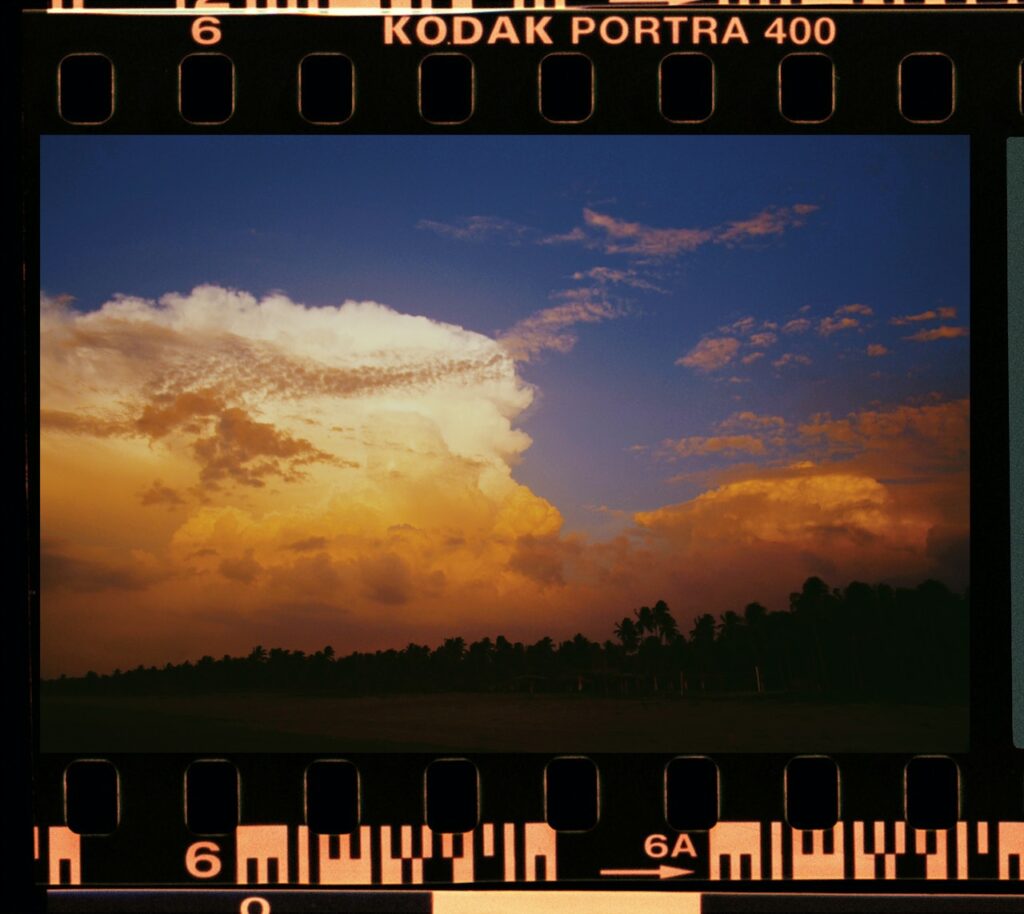
Lighting plays a crucial role in setting the mood and atmosphere of a scene. Examples such as the warm hues of a sunset that evoke a sense of tranquility, or the stark contrast of harsh shadows that heighten tension show that lighting choices are crafted to convey the desired emotions. Visual storytelling techniques utilize light to guide the audience’s focus, emphasize important details, and evoke specific feelings that enhance the narrative.
Effective Framing and Composition
Framing and composition are essential tools in the filmmaker’s arsenal. Every shot is carefully composed to create a visually captivating experience. The placement of characters within the frame, the use of different angles, and the incorporation of negative space all contribute to the storytelling process. Visual storytelling techniques leverage framing and composition to convey relationships between characters, establish power dynamics, and highlight key narrative elements.
In the next section, we will delve deeper into the specific techniques cinematographers employ to express emotions, conflicts, and character development through visual means.
Utilizing Props and Settings
Beyond cinematography, another integral component of visual storytelling lies in production design and art direction. These elements work hand in hand to create immersive worlds, establish atmosphere, and progress the plot in movies. By carefully curating the set designs, props, and costumes, filmmakers can transport viewers into a rich tapestry of visual storytelling.
Production Design
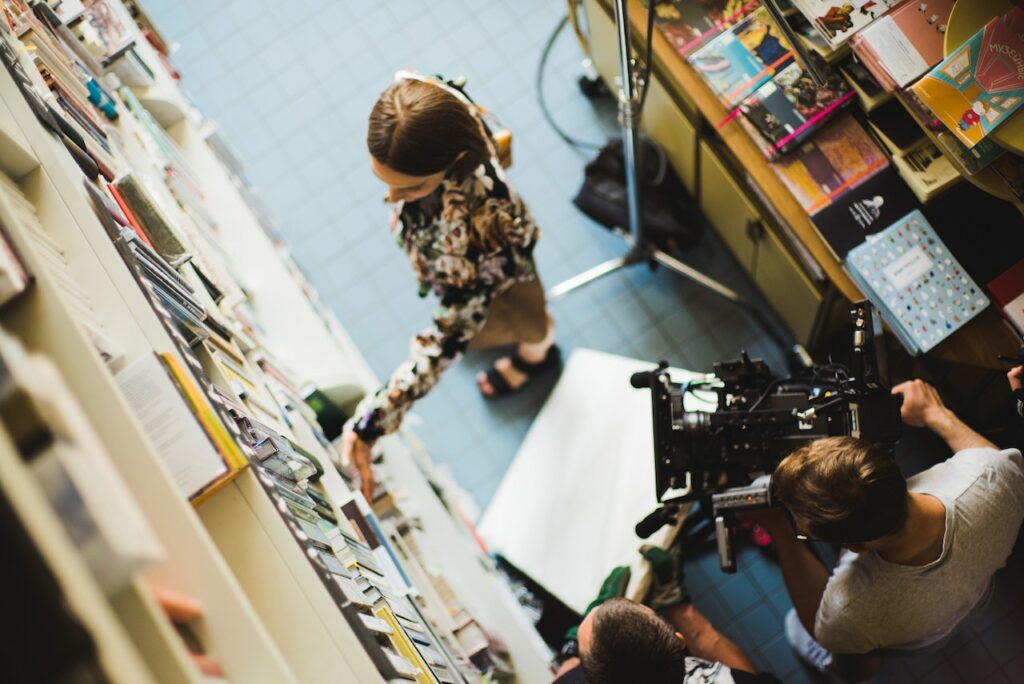
Production design encompasses the overall aesthetic and visual style of a film. It involves the creation of sets, locations, and the selection of props to enhance the storytelling experience. Visual storytelling techniques come into play as production designers craft environments that reflect the mood, time period, and themes of the narrative. Whether it’s the meticulously designed interiors of a character’s home or the intricate details of a fantastical realm, production design shapes the visual language of the film.
Art Direction
Art direction further enhances storytelling by carefully curating the visual elements within a scene. Almost all components of a film like the choice of colors, textures, and patterns or the selection of costumes that embody character traits utilize art direction to help to convey important information about the story and its characters. Visual storytelling techniques allow filmmakers to use production design and art direction as tools for symbolism, foreshadowing, and creating a cohesive visual narrative.
In the upcoming section, we will explore in detail how production design and art direction contribute to visual storytelling, including the use of symbolism, foreshadowing, and the creation of atmosphere through visual elements.
Visual Narrative Techniques without Dialogue
Some of the most impactful moments in cinema occur when a film progresses its plot and communicates its message without relying on dialogue. Visual storytelling techniques take center stage, utilizing a wide array of narrative techniques to convey meaning and captivate audiences through purely visual means. Let’s explore how filmmakers harness these techniques to create powerful storytelling moments.
Visual Metaphors
Visual metaphors and motifs are a staple in visual storytelling. By using allegorical images or recurring visual motifs, filmmakers can convey complex ideas, emotions, or themes without explicitly stating them in dialogue. From a rose wilting to represent the decay of a relationship, to a mirror reflecting a character’s inner turmoil, these visual elements create a deeper layer of meaning that resonates with viewers on a profound level.
Montages
Montages and parallel editing are also effective visual narrative techniques. Through the juxtaposition of different images or sequences, filmmakers can convey the passage of time, the development of characters, or the progression of events. Montages can condense moments into a powerful sequence that propels the story forward, while parallel editing can create connections between seemingly unrelated events, enhancing the depth and impact of the narrative.
Body Language
Non-verbal communication plays a significant role in visual storytelling as well. Actions, gestures, and expressions become a language of their own, allowing characters to convey their thoughts, feelings, and intentions without uttering a word. Whether it’s a lingering glance, a subtle smile, or a tense body posture, these non-verbal cues add layers of complexity to the story, deepening our understanding of the characters and their relationships.
In the subsequent section, we will explore captivating examples of films that expertly employ these visual narrative techniques without relying on dialogue.
Visual Storytelling Examples
Visual storytelling has played a significant role in some of the most iconic movie scenes that have left a lasting impact on audiences. Let’s explore a few noteworthy examples of films that masterfully employ visual storytelling techniques to progress the plot and evoke powerful emotions.
“Up”

One standout example is the opening sequence of “Up” (2009), where the life story of the protagonist, Carl Fredricksen, is depicted in a beautifully poignant montage. Without a single word of dialogue, we witness the love, loss, and dreams of Carl and his wife Ellie through a series of perfectly composed visuals. The use of color, lighting, and music effectively conveys the passage of time and the depth of their relationship, evoking a range of emotions within the audience.
“Psycho”

In Alfred Hitchcock’s masterpiece “Psycho” (1960), the iconic shower scene demonstrates the power of visual storytelling to evoke fear and suspense. Through clever editing, rapid cuts, and the strategic use of camera angles, Hitchcock masterfully creates a sense of vulnerability and terror. The scene’s impact is primarily achieved through visuals, as the audience is left to fill in the gaps and imagine the violence unfolding, amplifying the intensity of the moment.
“Back to the Future”
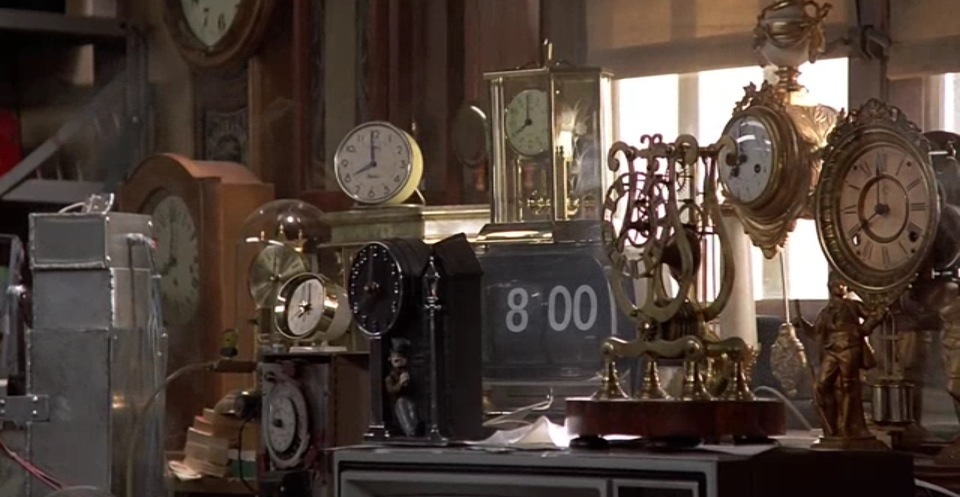
Another notable example is the opening sequence in “Back to the Future” (1985). This opening is so jam-packed with exposition, it’s unbelievable. We learn everything we need to know about Doc Brown, one of the main characters, from a single tracking shot. Doc’s obsessed with time, he’s an inventor, his inventions often don’t work, his mansion burned down, he has a dog named Einstein, somebody stole some plutonium, and – oh, wait – it’s under the table. All that information is subliminally given to the viewers in less than four minutes before you’re introduced to any of the main characters.
These examples illustrate the immense power of visual storytelling in film. By skillfully utilizing cinematography, editing, and production design, these scenes create lasting impressions and tell compelling stories without solely relying on dialogue. They demonstrate the ability of visuals to convey emotions, progress the plot, and engage audiences in a profound and unforgettable manner.
Conclusion
By embracing visual storytelling techniques, filmmakers can create immersive cinematic experiences that resonate with audiences on a profound level. The careful selection of visual elements, the strategic use of symbolism, and the masterful execution of non-verbal communication all contribute to crafting narratives that transcend language barriers and leave a lasting impression.
As you continue your own journey in filmmaking or simply enjoy movies as a passionate viewer, we encourage you to explore the limitless possibilities of visual storytelling techniques. Embrace the power of cinematography, production design, and the collaborative nature of filmmaking. Let your imagination soar and experiment with different ways to progress the plot and captivate audiences through the art of visual storytelling.
If you’re a visual storyteller and looking to show your skills, check out our film funding contest! We accept entries for both narrative and documentaries and love to see what great ideas come our way. By submitting your film idea, you have a chance to win up to $10,000 in funding for your film. Plenty of other winners have done great with our funding and you could be next. Enter now!
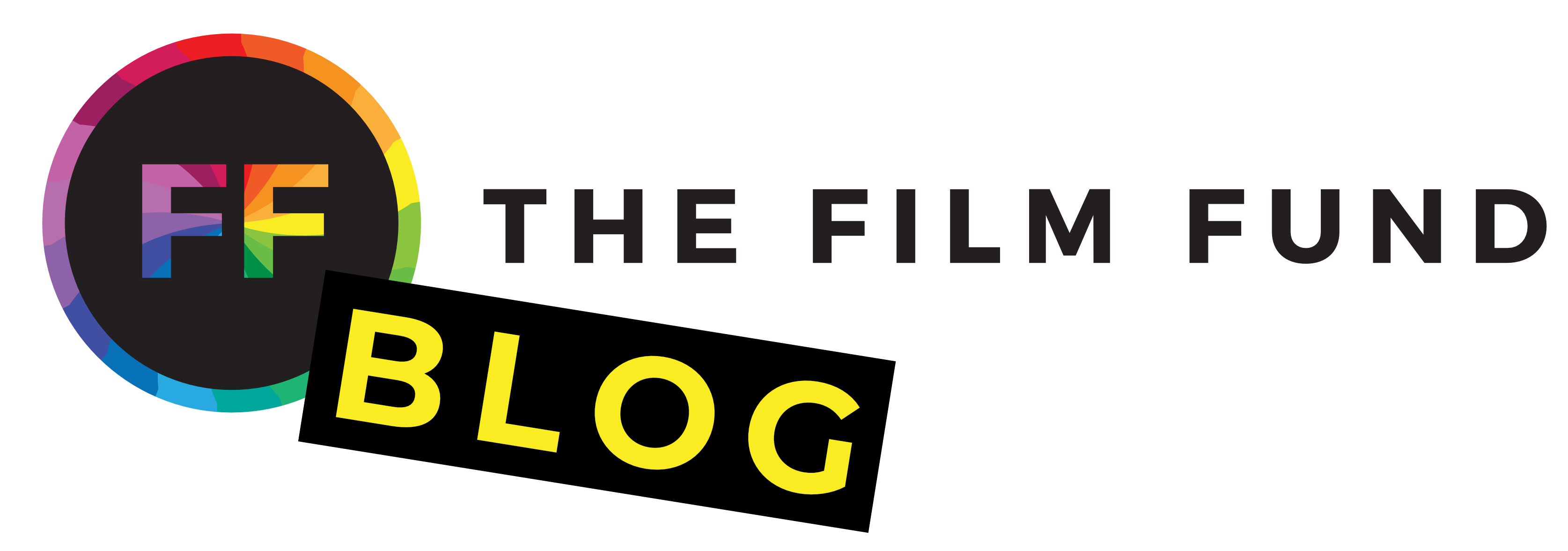
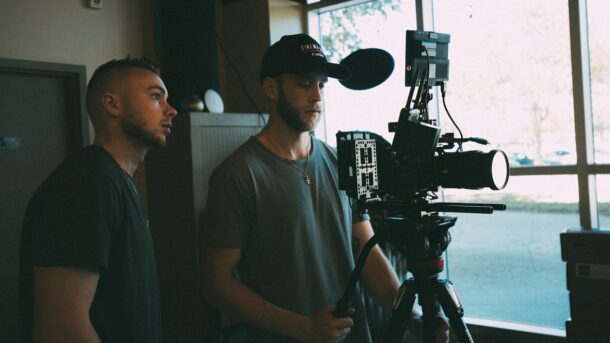
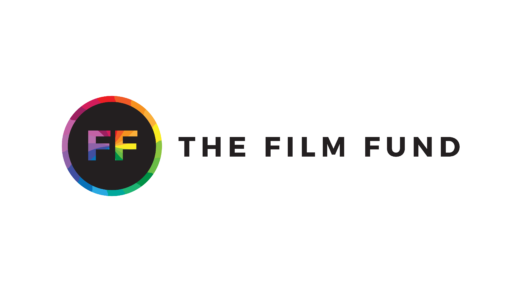
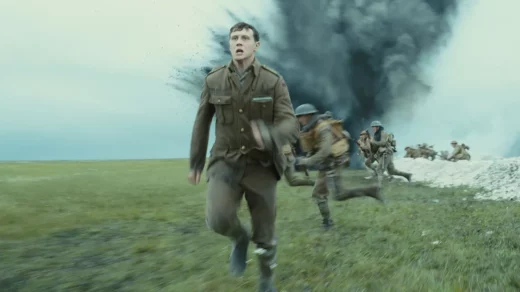
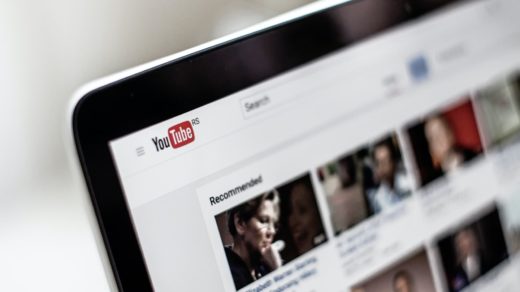
4 Responses
[…] technique, we’ll uncover how these shots have evolved from daring experiments to crucial visual storytelling tools, enriching our cinematic experiences along the […]
[…] advent of silent films marked a crucial turning point for film editors. With dialogue absent, visual storytelling took center stage. Editors became the architects of emotion, using shot composition, pacing, and […]
[…] Scorsese’s films are visual symphonies that resonate with the audience on a profound level. The director’s distinctive […]
[…] energy of a Brooklyn summer or the simmering tension of a heated confrontation, Lee’s visual storytelling elevates his films to a realm of unparalleled artistry. Each frame is meticulously crafted, each […]